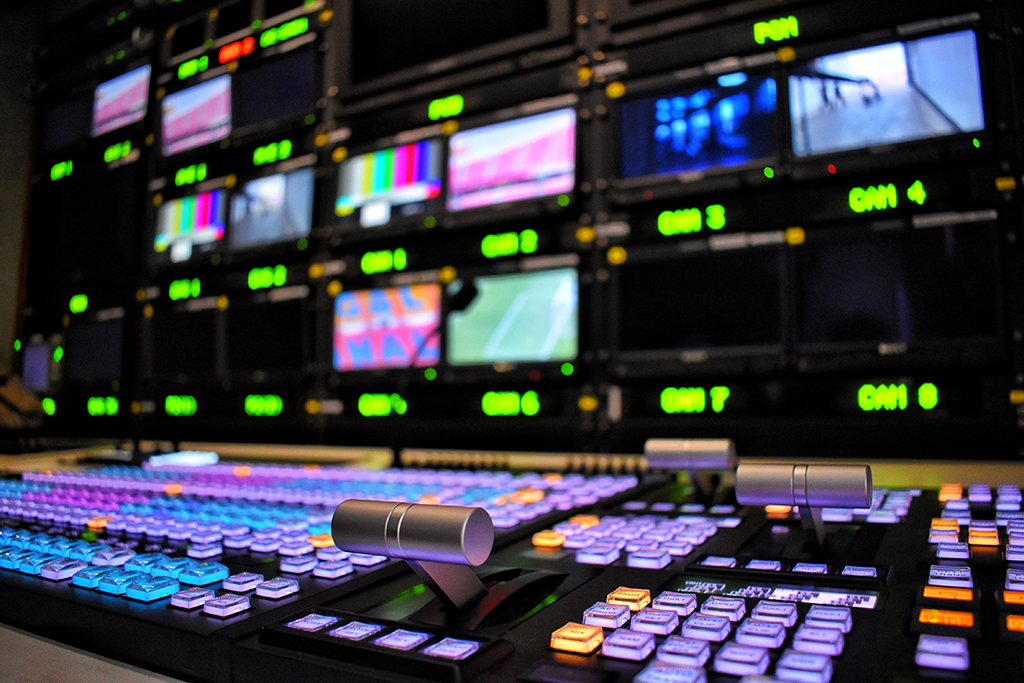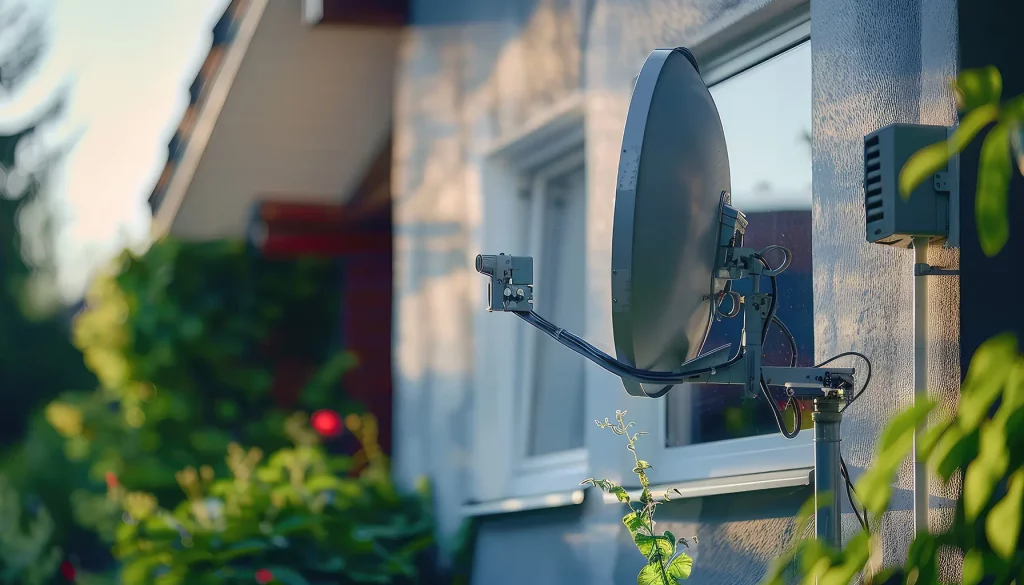Bringing Entertainment Home: The Mechanics of Broadcast TV
Ever wondered how your favorite shows appear on your screen? Broadcast TV a cherished source of family entertainment for generations, continues to hold its own in the age of streaming. Let’s embark on a captivating journey to unveil the secret behind this seemingly simple technology. We’ll explore the fascinating process, from capturing the essence of a program to its transmission and recreation in the comfort of your living room.
From Cameras to Control Rooms

The journey begins at the source, where specialized cameras equipped with sophisticated lenses and sensors transform light and sound into electrical signals. These signals traverse cables, ultimately reaching a central hub – the control room. Here, a team of dedicated professionals work their magic. Directors orchestrate the flow of the program, editors meticulously weave footage together like a tapestry, and audio technicians ensure crisp and impactful sound. Their combined efforts transform raw footage into the final product that graces your screen.
Encoding the Signal: From Analog to Digital
Traditionally, broadcast television relied on analog signals, which fluctuated in amplitude and frequency, mirroring the variations in light and sound captured by the cameras and microphones. However, these signals were susceptible to interference and offered limited capacity, restricting the number of channels available.
Thankfully, the landscape has shifted to digital technology. These signals represent data as a series of 0s and 1s, similar to how computers store information. This digital revolution offers several advantages:
- Improved image and sound quality: Digital signals are less prone to interference, resulting in sharper images and clearer audio, enhancing the overall viewing experience.
- More Channels for your Viewing Pleasure: This digital revolution allows for more channels to be transmitted within the same bandwidth, providing viewers with a wider and more diverse selection of programs.
- Enhanced features: Digital technology opens doors to exciting features like closed captioning and interactive program guides, making the viewing experience even more personalized and convenient.
Different Routes, Same Destination: Broadcast TV Delivery Methods
While the core principles of transmission and reception remain the same, broadcast TV signals can reach your home through various methods:
- Over-the-Air (OTA): This traditional method uses an antenna to receive signals directly from broadcast towers. It’s generally free but requires adequate signal strength in your area.
- Cable: Cable TV delivers signals through a network of underground cables to your home. This method often offers a wider channel selection and more consistent signal quality compared to OTA.
- Satellite: Satellite TV transmits signals from satellites orbiting Earth. This option is particularly useful in areas with limited access to OTA or cable services. However, it requires a special satellite dish and subscription.
Reaching Your Home: The Transmission Tower
Once the signal is meticulously prepared, it embarks on its journey to your home. Its destination? A towering transmission structure equipped with a powerful transmitter. This transmitter transforms the electrical signal into radio waves, essentially electromagnetic waves carrying the encoded information. These radio waves travel through the air at the speed of light, reaching antennas connected to televisions within the broadcast range.
Capturing the Signal: The Antenna
The unsung hero of your television experience is the antenna. It plays a crucial role in receiving the broadcast signal. This carefully designed device captures the specific radio waves transmitted by the television station and converts them back into electrical signals. The size and direction of the antenna significantly impact the signal strength, ultimately affecting the picture and sound quality on your television.
Decoding the Signal: Bringing the Picture to Life

The electrical signals received by the antenna travel through a cable to your television. The tuner inside your TV acts like a decoder, separating the audio and video signals. The video signal undergoes processing before being displayed on the screen. Meanwhile, the audio signal is sent to the speakers, recreating the original sound captured during the program’s production. Witnessing this transformation, from captured sights and sounds to a vibrant display on your screen, is truly awe-inspiring.
Beyond the Basics
The world of broadcast television extends far beyond the technical aspects. Let’s explore some additional dimensions:
- Channel allocation: Regulatory bodies like the Federal Communications Commission (FCC) in the United States allocate specific frequencies on the electromagnetic spectrum for television broadcasting, ensuring organized and efficient use of this valuable resource.
- Local vs. national broadcasts: Local stations typically have shorter broadcast ranges and offer programming tailored to the specific interests and needs of their communities. In contrast, national networks transmit content across broader geographical areas, reaching a wider audience with a diverse range of programs.
- Content production: Broadcast television encompasses a vast and diverse array of content, including news, sports, sitcoms, dramas, documentaries, and educational programs. Each genre has its own unique production process and caters to distinct audience preferences.
The Future of Broadcast TV: Innovation in a Changing Landscape
While viewership patterns are evolving, broadcast television continues to adapt and innovate. The integration of new technologies like over-the-top (OTT) streaming services is transforming the media landscape. However, it’s likely that broadcast TV will remain an integral part of the media landscape for years to come. Understanding how broadcast television works not only enhances your appreciation for the technical marvels involved. It also sheds light on the dedication of countless professionals who collaborate to bring your favorite stories and experiences to life.
Ready to Dive Deeper?
Want to learn more about the fascinating world of broadcast television and how it connects to your viewers? Quality Analytics, a company specializing in offline TV attribution, can help you. To learn more about our services and schedule a free demo to see how they can help you unlock the power of your television advertising.
Learn more about broadcast TV and how it works from these internet resources:
Broadcast television systems – Wikipedia
https://en.wikipedia.org/wiki/Broadcast_television_systems
Television broadcaster – Wikipedia
https://en.wikipedia.org/wiki/Television_broadcaster
Technology of television – Wikipedia
https://en.wikipedia.org/wiki/Technology_of_television
Broadcast programming – Wikipedia
https://en.wikipedia.org/wiki/Broadcast_programming
Analog television – Wikipedia
https://en.wikipedia.org/wiki/Analog_television
